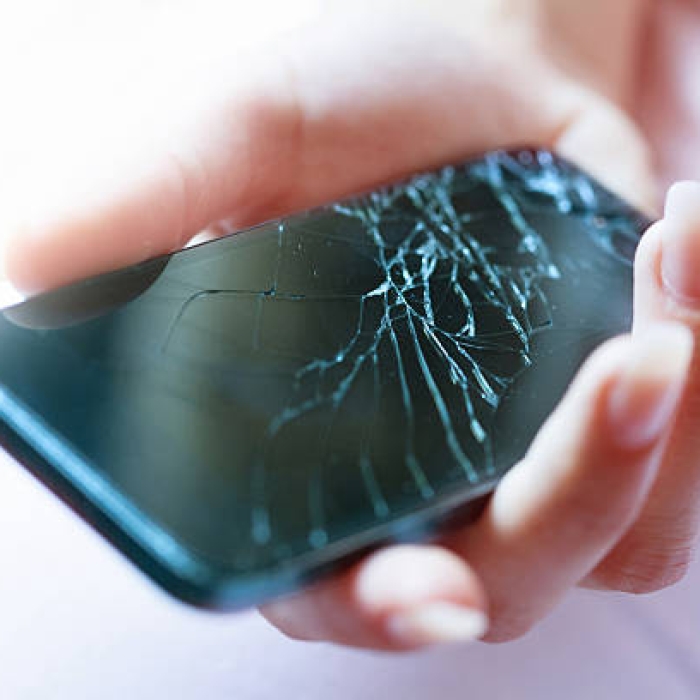November 14, 2023
To improve our understanding of human injury tolerance to trauma, Exponent's Scott Lovald, Maysam Gorji, and Michelle Chen collaborated on an article in the August 2023 issue of the Journal of the Mechanical Behavior of Biomedical Materials: "Developing Failure Criteria for Laceration Injury of Dermal Tissue." The article aims, specifically, to develop a better understanding of the mechanics of skin laceration.
Skin lacerations are common injuries in the workplace and at home. Those that cut through the skin are considered serious injuries that can be life-threatening in extreme cases. The proliferation of consumer electronics with sharp plastic and glass materials, such as smartphones, tablets, and wearable devices, has heightened interest in better product design tools to mitigate laceration risks. A deeper understanding of laceration mechanics in dermal tissue could help product designers better evaluate the risk of injury across a spectrum of individuals, impact dynamics, and other variables.
In their article, the authors describe a study using a computational method and failure criterion to evaluate the laceration risk of blunt-tipped edges. Experiments were modeled using finite element analysis by pressing simulated penetrometer geometries into modeled dermal tissue, and stress and strain outputs were evaluated at the experimental failure force.
While there is significant variability in failure based on skin region, individual, and loading rate, the study suggests the following conditions would indicate that dermal tissue is at high risk for laceration:
- The strain energy density at the top of the skin surface is above 60 mJ/mm3
- Strain near the top surface at or above 55%, with mid-thickness strain at a similar level
- Stress triaxiality at the top surface is below 0.1 (absolute value)
These findings are supported by consistency across two different material models, eight different indenter geometries, and two different friction conditions, which corroborates their use as a generalized criterion in computational models evaluating dermal laceration.
There are limitations with the study, which should not be used to extrapolate for failure criteria beyond human dermal tissue under similar loading conditions. Future studies on this topic will attempt to evaluate additional complexity within the dermal behavior and expand the model scope to include sharper edge tip geometry.

"Developing Failure Criteria for Laceration Injury of Dermal Tissue"
Read the full articleFrom the publication: "The study has developed general failure criteria which can be used in a computational model to evaluate hazardous forces for object edges. To the authors' knowledge, this is the first set of data that can provide a framework for evaluating laceration injuries using computational modeling."


